AI Policy Guidance for Schools
Jethro Jones
Transformative Principal
Jethro Jones is a national award-winning former school leader, podcaster, and author of the books How to be a Transformative Principal and SchoolX: How principals can design a transformative school experience for the people right in front of them! He is also founder of the BE Podcast Network, the best educational podcast network out there. Jethro currently consults school leaders on strategies to help them save time, lead more effectively, and overcome their own weaknesses. Jethro has worked as a principal at all K-12 levels, including a prison school, a district coach, distance learning team lead, and English teacher.
What I do
Three C’s
| Coaching | Creating | Clarifying |
|---|---|---|
| Mastermind & PQ | Books, Podcasts, Speaking, AILeader | Simple Solutions |
Coaching
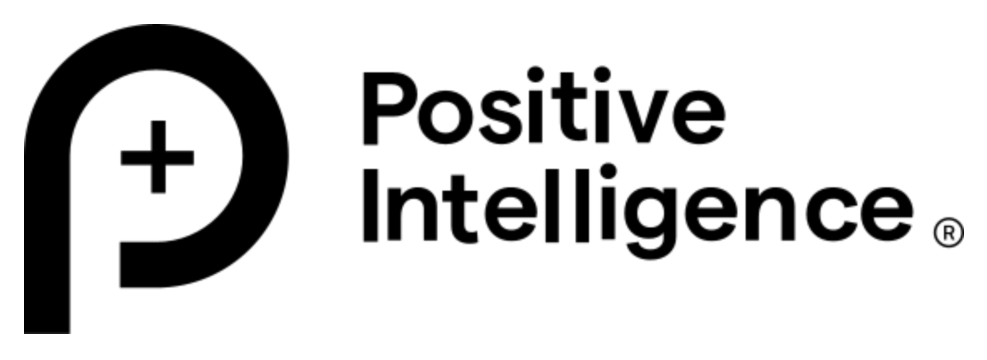
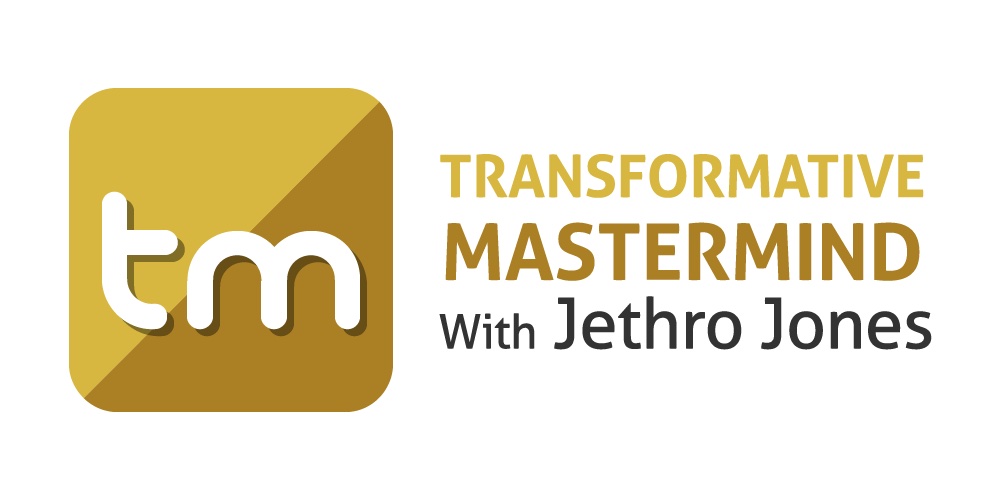
Mastermind & Mental Fitness
Why you can trust me on this: I get up before 5 am every day, without an alarm. I’ve lost 50 pounds in the last six months
Started coaching in 2016.
Sprang from my podcast
I utilize the Positive Intelligence approach to coaching which helps you build habits to be successful.
Creating

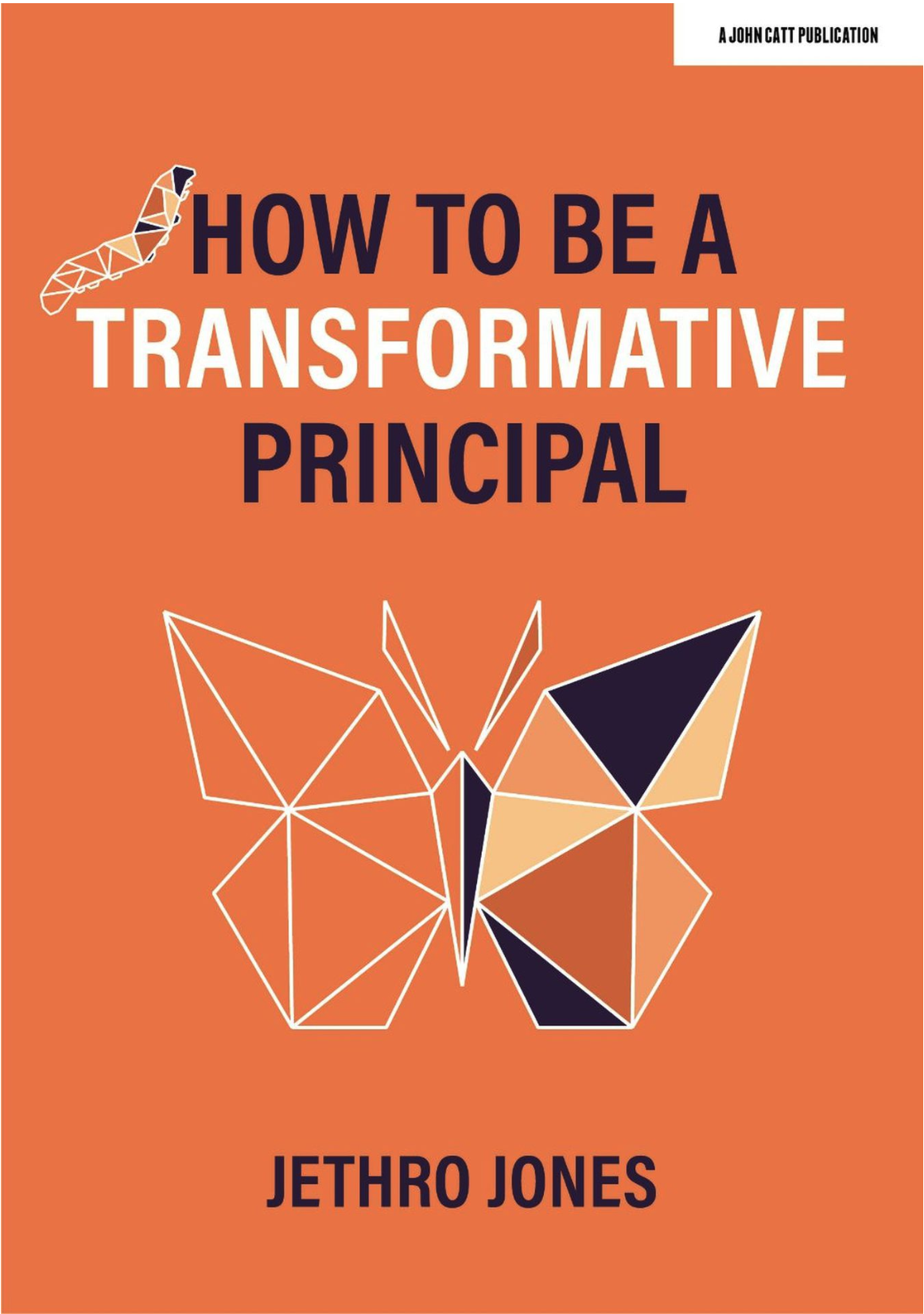


Transformative Principal podcast - longest running and most downloaded podcast for school leaders out there.
Books (add images)
BE Podcast Network
Speaking and workshops. Like the AP Workshop this fall, which, if you’re a principal, you should send your AP to. And if you’re an AP, you should go yourself.
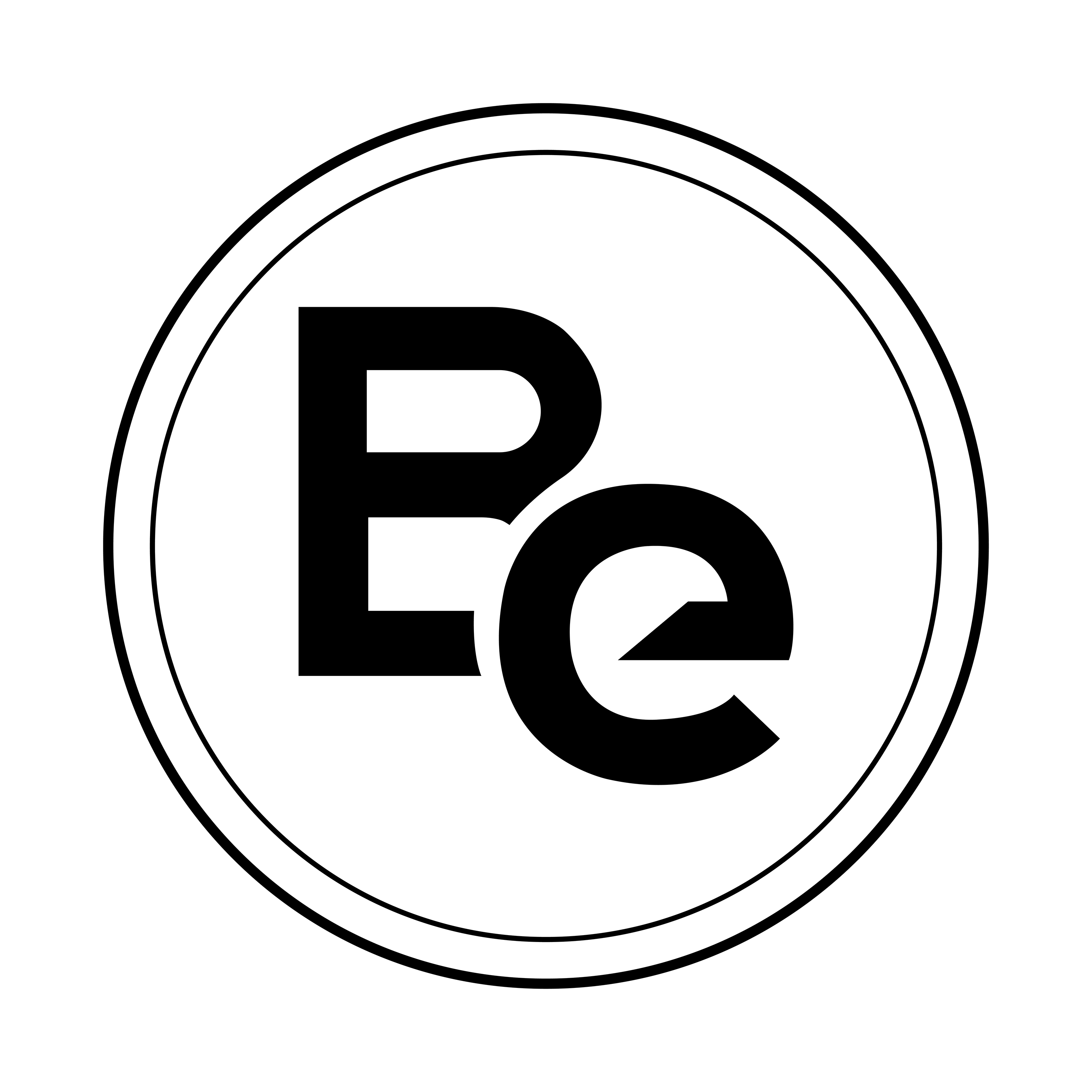
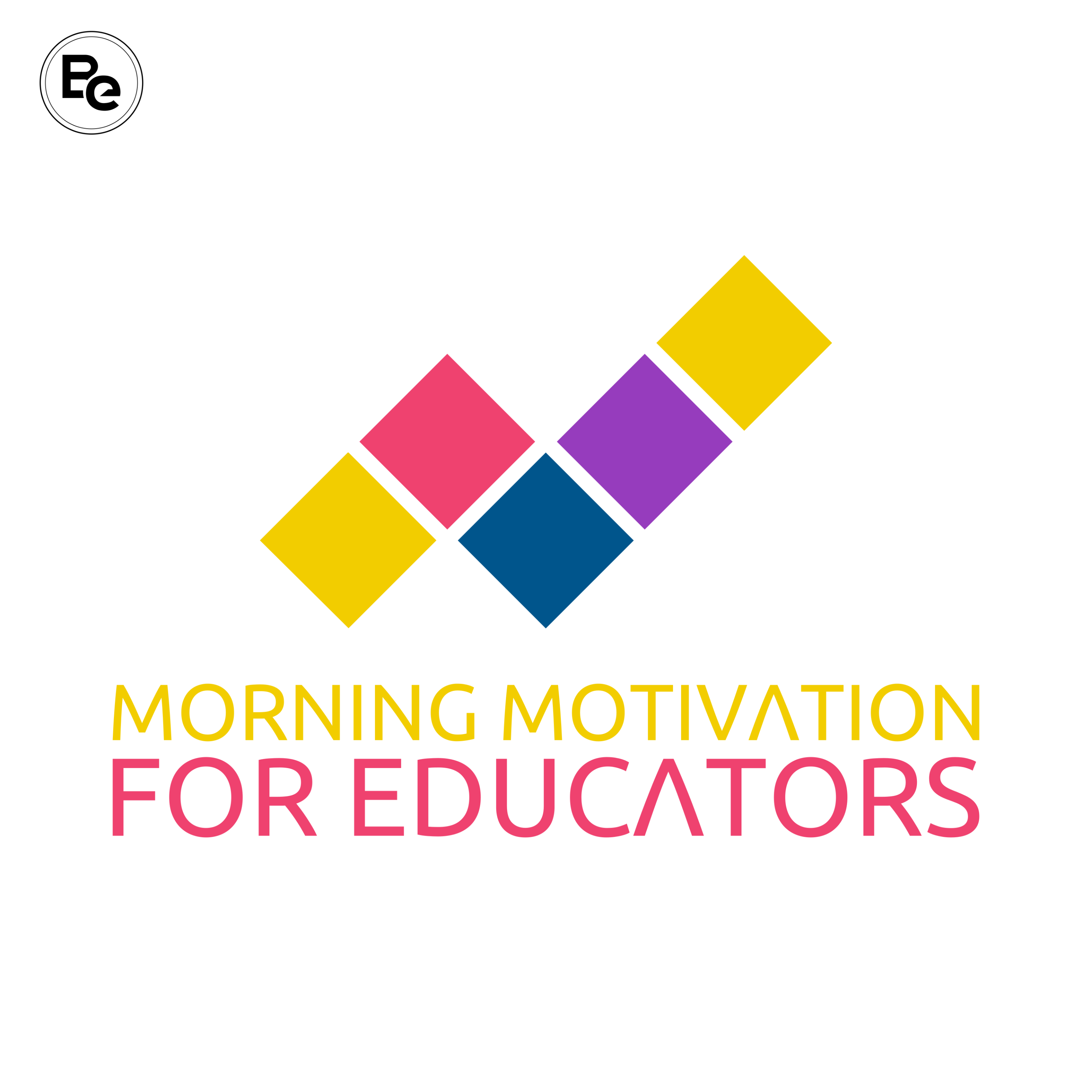
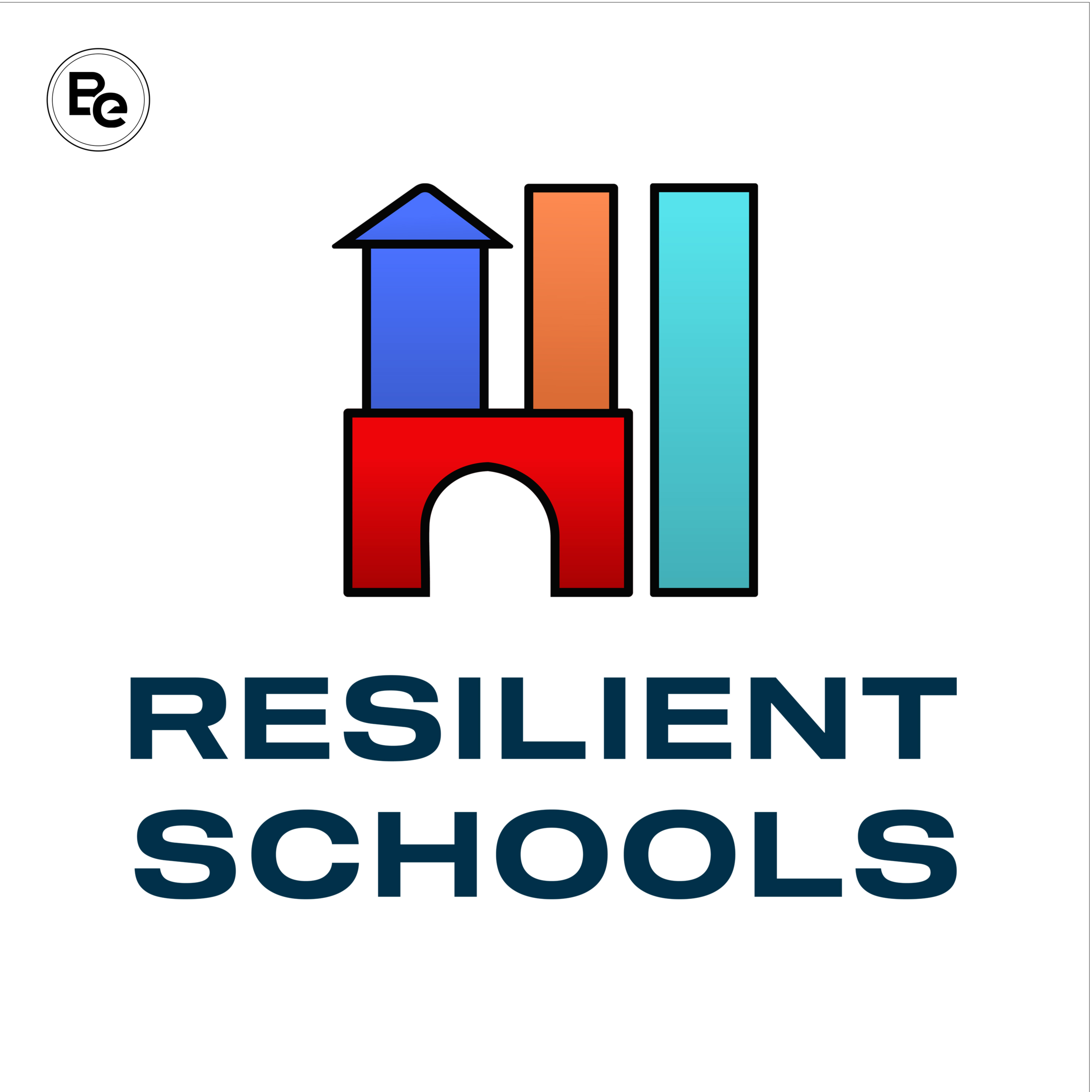
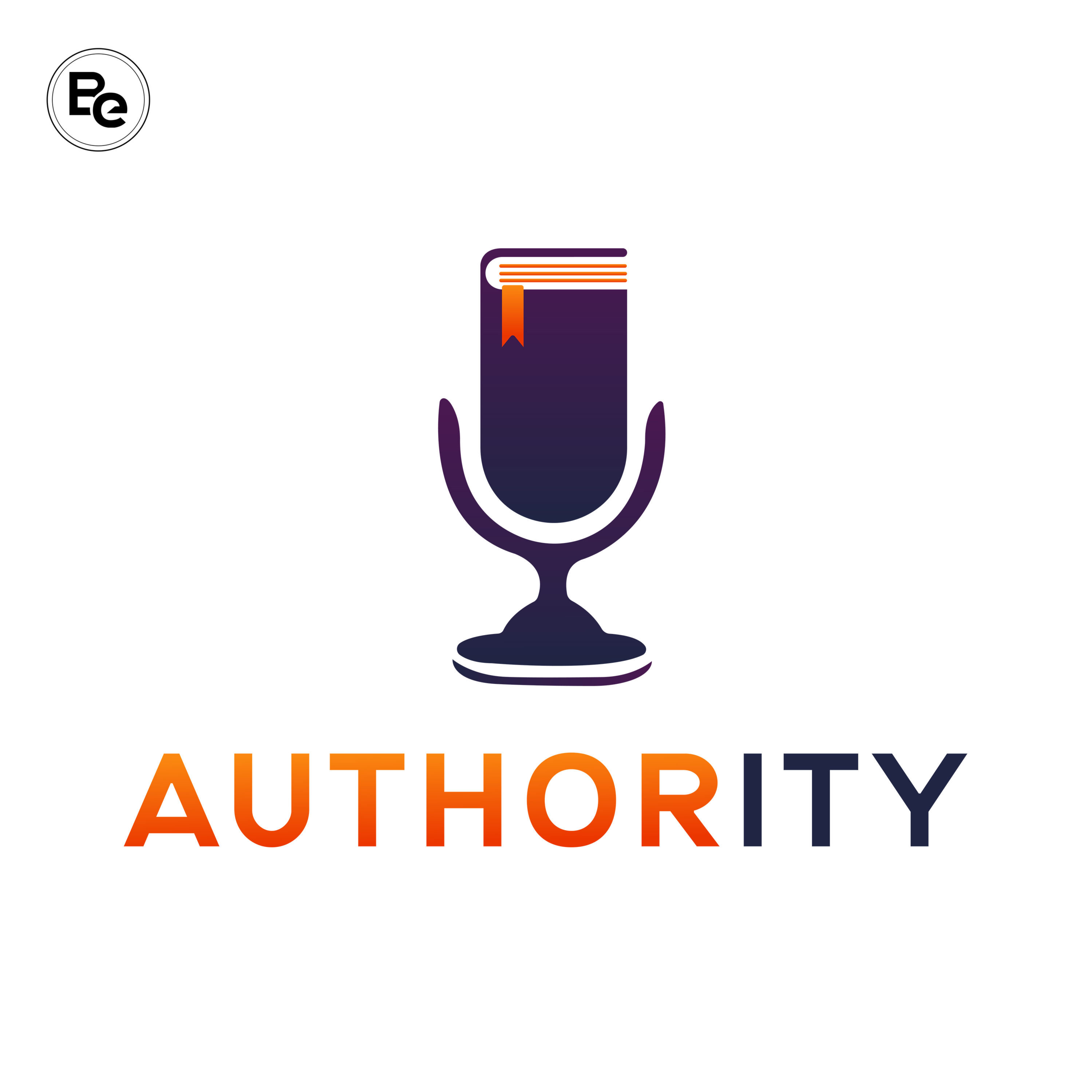
Images of all the shows on the network
Clarifying
Stop putting out fires, start leading
My tagline for a long time has been “simple solutions to complex problems” or stop putting out fires and start leading. Both of those are really about clarifying what is really important.
People that I have worked with have said that I help them see things that they couldn’t see before.
If something isn’t simple, nobody is going to do it.
Simple doesn’t mean easy. It means that you can grasp it and understand it in such a way that you will actually have a chance of accomplishing it.
In my schools, we had one underlying vision that was so clear, people always knew if they were achieving it or not. There didn’t need to be judgment because they knew themselves. Again, not easy, but simple.
For a long time, my tagline has been "simple solutions to complex problems" and "stop putting out fires and start leading." Both emphasize the importance of clarifying priorities. People I've worked with often say that I help them see things they couldn't before.
Simplicity is key; if something isn't simple, it's unlikely anyone will do it. Simple doesn't mean easy, but rather comprehensible enough to have a chance at accomplishment. In my schools, we had one clear vision that allowed people to know whether they were achieving it or not – no judgment needed. While not always easy, simplicity is crucial for success.
Which brings us to today
Nobody Reads AI Policies
Our AI Policies are too hypocritical
AI for me, but not for thee
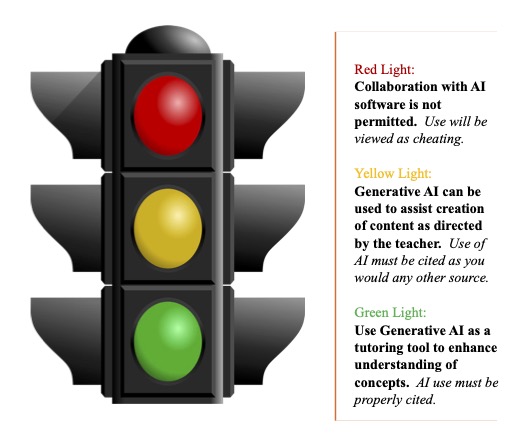
AI Stoplight is focusing on the wrong thing
Example
Students should only use Generative AI to produce or edit their work with explicit permission from the teacher and must give credit to the AI tool for what it did.
Any submission of content coming from AI without proper permission and credit will be viewed as a violation of academic integrity and will be handled per the district conduct policy.
The full transcript of student prompt history with AI should be saved and turned in upon request.
.png)
Our Current System is Set Up To Encourage Cheating
If you're worried about kids cheating, it is because your system is set up to encourage cheating.
When the goal is to check off boxes, speed trumps quality.
We have to rethink what success in school looks like
| Old Paradigm | New Paradigm |
|---|---|
| Test Results | Assessment |
| Completion | Process |
| Homework | Real work |
| Proof | Evidence |
Instead of the Stoplight, we need to change our assignments and assessments

Why APLUS?
AI is changing how schools operate — but not every innovation belongs in our classrooms.
The APLUS Framework helps school leaders make smart, ethical, and student-centered decisions about which AI tools to adopt.
It’s a filter for leadership, grounded in values and vision — not AI hype.
The Purpose
Before bringing AI into our schools, we must ask: “Is this tool truly improving learning — or just making things faster?”
The APLUS Framework helps us:
- Evaluate tools through core leadership values
- Protect what matters most: students, equity, and ethics
- Build sustainable systems that last beyond trends
APLUS = 5 Principles
- Accessibility
- Privacy & Ethics
- Learner-Centricity
- Usability
Sustainability
Let’s break each down.
A — Accessibility
AI should serve every learner.
- Accessible to students of all backgrounds, abilities, and learning styles
- Designed to remove—not create—barriers
- Promotes inclusion and digital equity across the system
- When technology opens the right doors for everyone, it’s truly transformative.
Examples
- Captioning tools for videos and live instruction
- Text-to-speech and speech-to-text supports for diverse learners
- Multilingual translation tools for family engagement
- Adaptive content platforms that adjust to student reading levels
Defining Equity
Equity = giving people what they need to succeed — not giving everyone the same thing.
Equality = giving everyone the same tool, support, or opportunity.
In education, equity looks like:
- Tailoring resources to individual needs
- Recognizing systemic barriers
- Ensuring every learner can reach their full potential
- True accessibility depends on equity.
P — Privacy & Ethics
We protect people before we protect progress.
- Uphold transparent data use and consent
- Prevent bias and ensure fairness
- Build accountability into every AI decision
- AI in schools must earn trust every single day: from students, parents, and educators alike.
Examples
Using anonymized data for AI-driven insights
Reviewing vendor privacy policies before adoption
Training staff on ethical data handling
Setting clear district guidelines for AI usage
L — Learner-Centric
If it doesn’t make life better for students, it doesn’t belong.
- Keep learners at the heart of every design choice
- Use AI to amplify creativity, problem-solving, and autonomy
- Avoid “AI for me, not for thee” thinking — what’s good for teachers should empower students too
- AI should support human learning, not replace it.
Examples
AI-assisted project feedback that encourages revision and reflection
Personalized tutoring chatbots that support—but don’t replace—teacher guidance
Student goal-tracking dashboards co-created with learners
AI tools that promote collaboration and curiosity, not shortcuts
U — Usability
Tools should make learning easier, not harder.
- Simple, intuitive design for both students and educators
- Clear, distraction-free interfaces
Minimal tech barriers for all users
If it takes an PD Session to explain how to use it, it’s not ready for the classroom.
Examples
Single sign-on integrations that simplify access
Intuitive dashboards for data visualization
Drag-and-drop curriculum planners
Mobile-friendly student engagement tools
S — Sustainability
Think beyond the pilot.
- Choose solutions that scale ethically and affordably
- Minimize environmental impact and data waste
- Plan for long-term maintenance, updates, and training
- AI adoption should be sustainable for both budgets and people.
Examples
Selecting cloud tools with low energy consumption
Building long-term professional learning communities around AI tools
Partnering with vendors that commit to ongoing support
Setting budget cycles to include updates and renewals
Would it be better to buy a self-hosted on premises solution for your school district?
The APLUS Mindset
APLUS isn’t just a checklist — it’s a leadership mindset.
- Innovation should always align with values
- Efficiency means nothing without equity
- Progress should never outpace purpose
Your Challenge
Before adopting any AI tool, ask yourself: “Does this tool get an APLUS?”
If it’s not Accessible, Ethical, Learner-Centered, Usable, and Sustainable — it’s not worth your school’s time.
Closing Thought
AI gives us incredible power.
APLUS helps us use it responsibly — to build schools where innovation serves every learner.
AI can make us more efficient. But the APLUS mindset helps us lead beyond efficiency.`
































